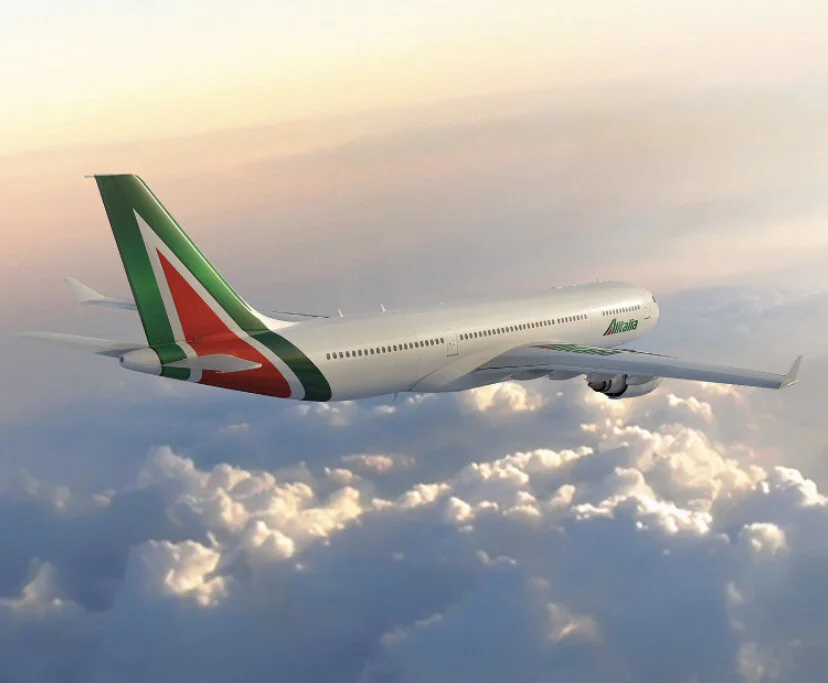Debates about the concept of objectivity in news coverage have been around for a long time — but now they are heating up to shockingly intense levels.
Objectivity, as it pertains to reporting, refers to fairness and nonpartisanship on the part of journalists and news organizations in the way they cover stories. An emphasis on objectivity is also linked to journalistic standards for balance, accuracy and showing respect for citizens on all sides of public debates.
This so-called “American model of the press” (click here for background) first evolved in the post-Civil War era and in the early 20th century as a way for U.S. newspapers to report and disseminate information to a wide, diverse body of readers. It allowed for a consistent method of testing that information so that personal and cultural biases would not undermine accuracy.
In a polarized digital age, the practice has been criticized and objectivity is all but dead as news outlets test new business models for struggling newsrooms. As a result, alternatives have emerged, most notably, in the form of a more partisan press that preaches to choirs of digital subscribers.
That brings us — no surprise — to the latest news story to inflame U.S. Catholics.
Despite it being almost two weeks since House Speaker Nancy Pelosi met with Pope Francis at the Vatican, the fallout and reaction from that October 9 private audience continues to reverberate across the American political landscape, especially among Catholics across the doctrinal spectrum. Naturally, some are concerned about how the news media we consume has covered it all.
If facts are what matters here, it’s obvious that San Francisco Archbishop Salvatore Cordelione should play a major role in these debates — since he is Pelosi’s bishop. Thus, he plays a crucial role in determining her sacramental status in the church. Who included his voice in this discussion and who didn’t?










